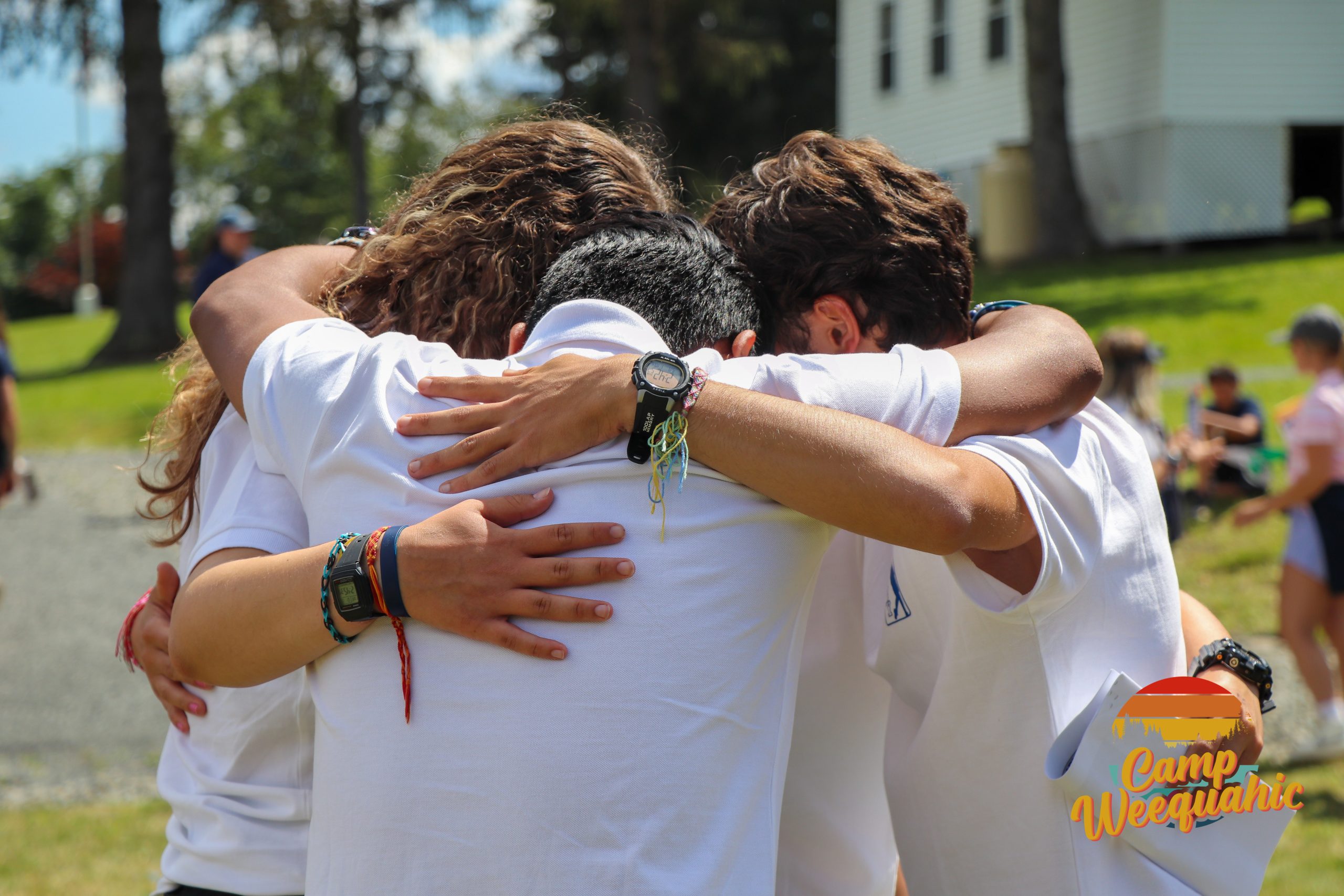When going through your life, whose perspective do you rely upon the most? (Your own, of course.) It’s the most natural thing in your life: seeing all that is going on around you from your own point of view.
Henry Thoreau, the writer of a few very famous books, said that he’d spend hours looking at a scene from one perspective. The next day, he’d sit in almost exactly the same spot – just a little different – and observe the same scene. He did this over and over. (The guy was either really patient, driven or bored to tears. I prefer to think it’s one of the first two.)
Thoreau did this so that he could observe the same things from different perspectives. Claude Monet, a ground-breaking painter, did a similar thing with haystacks and other subjects.
“Ok, Cole, why all the art talk and perspective?”
I’m glad you asked: because everything can be seen from different perspectives. And in doing so, you get a fuller understanding of what is actually in front of you.
Curious Before Furious
You and your friends read the same book for a class report. But each of you take the same information in differently, stressing some points and ignoring others. You think you and your friends have been arguing but you’ve made up and now everything is ‘ok.’ You may want to check that from the other’s perspective… or a third. (“Hey, Jenna – you were there when Samir and I were arguing. I think we made up and all is good. What do you think?”)
It’s a great tool in life to be able to see a situation, moment or thought from another (and another’s) perspective. It’s very easy to get emotional right away when something is said and you hear about it out of context. As I heard recently, it’s better to be curious before furious. What was really said? What was the context? What was the intent?
I like that phrase. It’s one that can be put into action right away. Sure, you can be mad after you’ve gotten all the facts and perspectives. But at least do the work. It can actually save you a lot of grief in the long run.
Be curious this week ahead!

